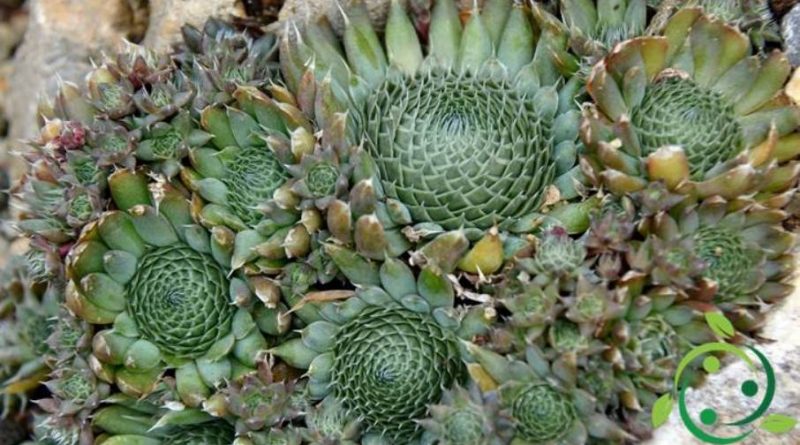How to grow Orostachys
How to grow Orostachys
The genus Orostachys (Orostachys Fisch.) Is a genus of succulent plants belonging to the Crassulaceae family with origins from the temperate zone of Asia.
The plant is recognized for being made up of fleshy and thorny leaves at the apex, placed in a decreasing circle to form a rosette; each of these rosettes after developing its flower dies.
In this card we will see how to cultivate the Orostachys following the most appropriate agronomic indications and techniques.
This kind of plants includes the following species:
– Orostachys aggregata;
– Orostachys cartilaginea;
– Orostachis chanetii;
– Orostachys fimbriata;
– Orostachys iwarenge;
– Orostachys japonica;
– Orostachys malacophilla;
– Orostachys minuta;
– Orostachys paradoxa;
– Orostachys sikokiana;
– Orostachys spinosus;
– Orostachys thyrsiflora.
The cultivation of these species is mostly suited to mountain gardens.
The land where to grow the Orostachys must be a mixture of peat and coarse sand, with good draining qualities.
It prefers very sunny exposures, with winter temperatures even close to 0 ° C but not higher than 4 ° C, without however the plants being exposed to too long frosts.
For irrigation it is necessary to intervene sparingly, only when the ground is very dry in spring and summer, while these must be suspended completely during the winter period.
For fertilizing, since the Orostachys is a rustic and biennial genus, once planted in fresh soil it has no particular need for fertilization. It can be fertilized in the vegetative period by following different indications, however, for the different species.
For multiplication it is possible to proceed by removing a rosette from the mother plant and potting it or burying it directly, preferably in spring. In addition to the rosettes, single leaves can be used according to the species.
Let’s go to repotting. Even if there is often no need for repotting it is better to put the plants in large and not too deep pots.

